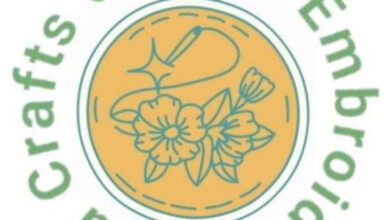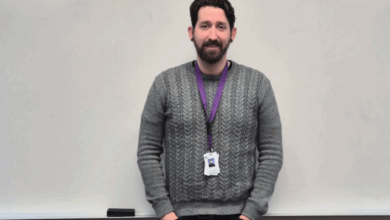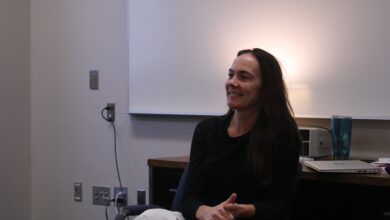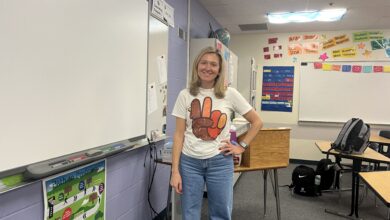`I am from a womb that was heavily polluted.
I am the terminology used as a crack baby.
I am from a household where one woman takes care of 19 kids.
I am from a house with a majority of females.
I am from a family that is curious of who our parents are.
I am from a city based on choice and bravery.
I am from a city filled with gangs.
I am from a place where choosing the ring set is like loading a gun and pulling the trigger beside your head.
I am from a city where being a rat can get you killed. ‘
Wednesday, January 6th was a moving day for selected Buffalo High school students who were taking part in the New Wilderness Project. It was the second of three sessions where 44 students of all different cultures and backgrounds from Buffalo, and Rogers came together to talk about the differences within their schools and how they can help build bridges to close the gaps of different ethnicities.
Benjie Howard and Maketa Wilborn, co-founders of a Cultures United Organization, are back again, this time at the Rogers Ice Arena for phase two of the New Wilderness Project.
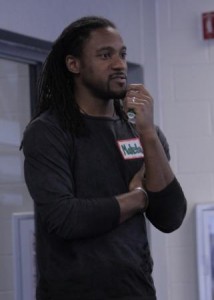
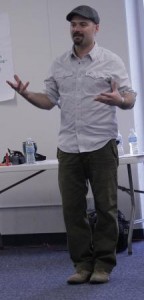
The session started by going over the “Community Agreements” that were made during the first phase; be true to yourself, keep it real, and to be passionate and bring energy into the day. One that was a little more sensible was to say “Ouch” if a topic came up that was too emotional or touchy for someone to talk about, and the subject would immediately be dropped.
Along with different cultures comes stereotypes; Wealthy vs Poor, “Pretty” vs Ugly, or even people who attend church vs non-believers were all ways that students thought factored into how each and every one of us are ranked by society.
They were shown the statistics of Graduation rates for each race and talked about how it was unfair to stereotype, or why each race may be falling short of the standard.
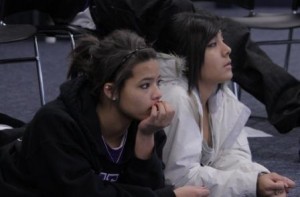
“It was interesting to see the graduation rates based on your ethnicity and where you live,” said Junior Crystal Cashin. “But being a woman of color, it was disappointing because those who do excel, graduate and go to college don’t get rewarded or recognized for it. But knowing you are one of the 47% is definitely a personal accomplishment.”
Creative Resistance was talked about, how to take action in the face of injustice. Everyone has their own “truth”, if you feel like you need to prove yourself in a situation, instead of arguing with “Yes, BUT”, try to understand and turn it into a conversation. Ask a question, maybe why they feel the way they do. Listen to their response, and if you still don’t agree, speak your truth, so everyone has a clear understanding of your thoughts and feelings.
The activity was repeated, but the A’s and B’s switched, so B’s were trying to persuade A’s to move across the room, this time there was no talking allowed from either group. The B’s stood in front of the A’s and were trying to lead them across only by eye contact and motion.
“It was really interesting to see how many students didn’t feel comfortable crossing the room,” said Junior Michael Deisting. “It really proved the need for trust in others and to feel comfortable with the unknown.”
Howard and Wilborn will come again for one last session in March to wrap up the year and talk about how students can continue to make an impact in their schools.

